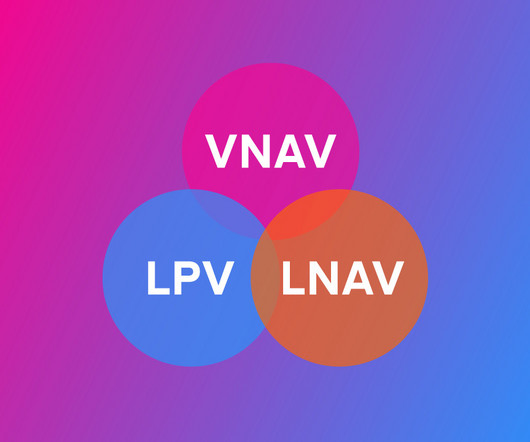A Day in the Life of a Pilot
Ask Captain Lim
JULY 13, 2025
Depending on the flight schedule, they might start in the early hours of the morning or late at night. The first step is reviewing the flight plan, a detailed document outlining the route, weather conditions, fuel requirements and potential alternate airports in case of emergency. Weather plays a crucial role.











Let's personalize your content